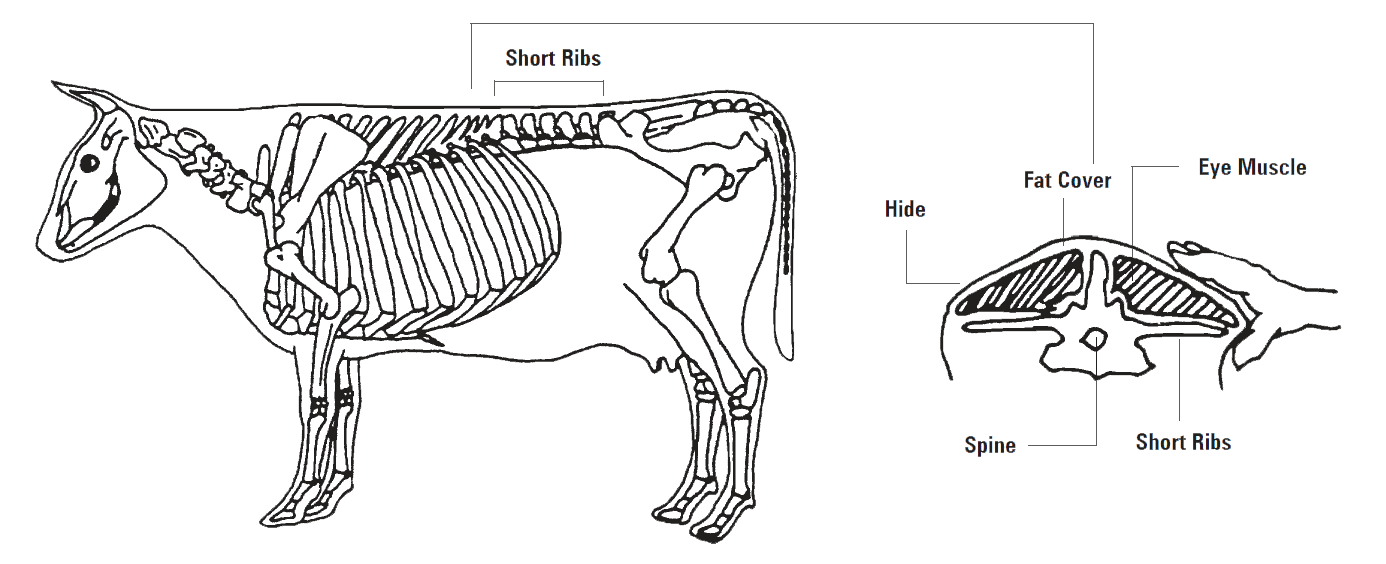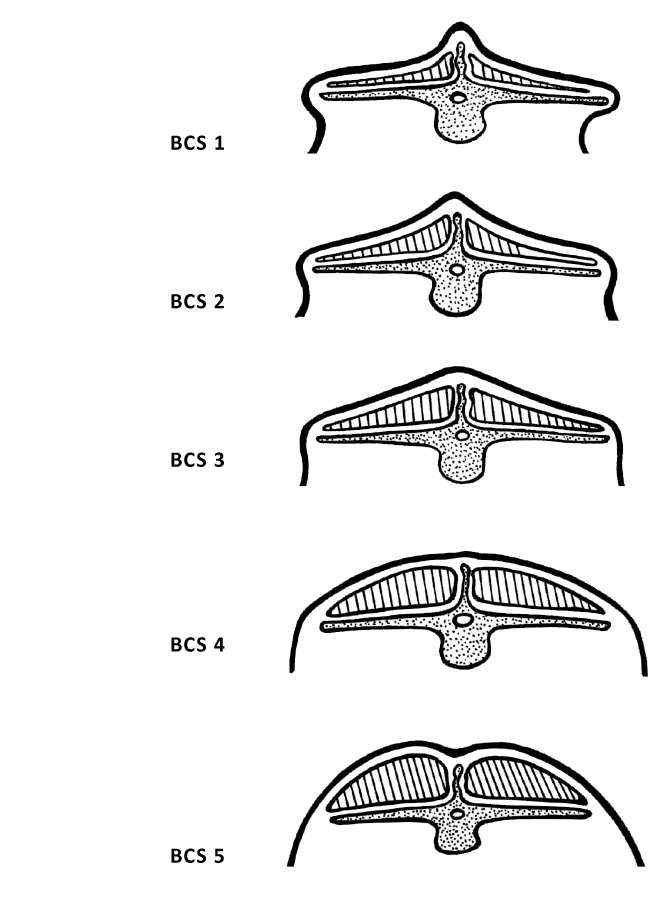Source: National Farm Animal Care Council, Code of Practice for the care and handling of Beef Cattle – Appendix A
Body condition scoring (BCS) is a hands-on method of assessing the amount of fat cover on an animal, and is an important tool in managing beef cattle and optimizing the use of feed resources. In Canada, we use a 5-point BCS system, originally developed in Scotland. American beef producers typically use a 9-point system.
BCS is determined by assessing the degree of muscle and fat cover at specific landmarks on an animal’s body, specifically over the spinous (vertical) and transverse (horizontal) processes of the short ribs (loin) and (in fatter cattle) the tail head and ribs.
Be aware that body condition scores are most applicable to mature cattle and may be of little use for cattle under one year of age.
Click image to enlarge
Adapted from: Alberta Agriculture and Food. Body Condition: Implications for Managing Beef Cows. Agdex 420/40-1. Available:www1.agric.gov.ab.ca/$department/deptdocs.nsf/all/agdex9622/$FILE/body-condition-implications-for-managing-beef-cows.pdf. Accessed October 2, 2012.
What’s the Score: Beef Cow – Body Condition Scoring (BCS) Guide. Alberta Agriculture. Available: www1.agric.gov.ab.ca/$department/deptdocs.nsf/all/agdex9622/$FILE/bcs-beef-cow.pdf
Overview of all the body condition scores of beef cows
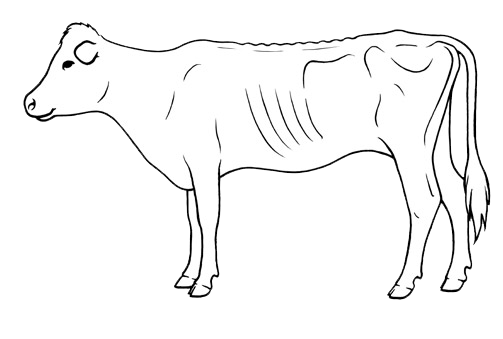 BCS 1
BCS 1
ENTIRE ANIMAL
- Extremely thin
- No fat in brisket or tail docks
- All skeletal structures are visible
- No muscle tissue evident
- No external fat present
- Dull hair
- Survival during stress doubtful
BACK BONE
- Individual vertebrae well defined, sharp
- Can place fingers between each vertebrae
SHORT RIBS
- Visually prominent
- No fat present
- Very sharp to the touch
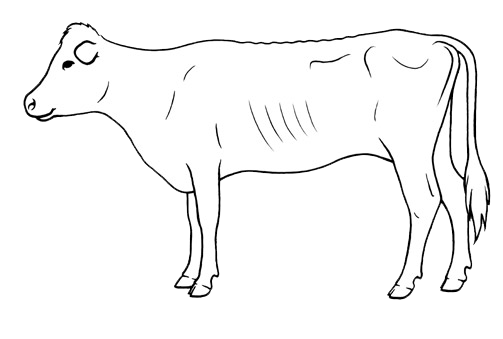 BCS 2
BCS 2
ENTIRE ANIMAL
- Thin
- Upper skeleton prominent (vertebra, hips, pin bones)
- Muscle tissue evident, but not abundant
- Some tissue cover around the tail dock, over the hip bones and the flank
BACK BONE
- Individual vertebrae can be felt, but not as sharp
- Can’t place fingers between vertebrae
SHORT RIBS
- Feel individual ribs, sharp rather than very sharp
- Identify individual ribs visually
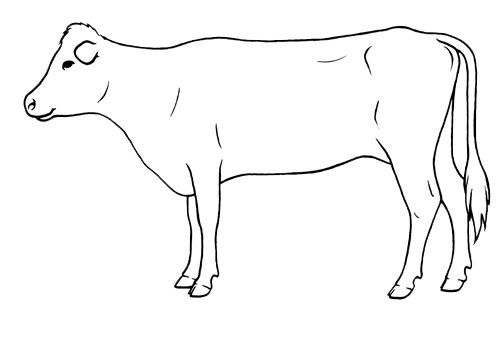 BCS 3
BCS 3
ENTIRE ANIMAL
- Ideal flesh for calving
- Ribcage only slightly visible
- Hooks and pins visible, but not prominent
- Muscle tissue nearing maximum
- Fat deposit behind shoulder obvious
- Fat in brisket area
- Tail docks easily felt
BACK BONE
- Somewhat defined
- Difficult to feel top of vertebrae
SHORT RIBS
- Completely covered with fat, beginning to spread over rump
- Individual ribs only felt with firm pressure
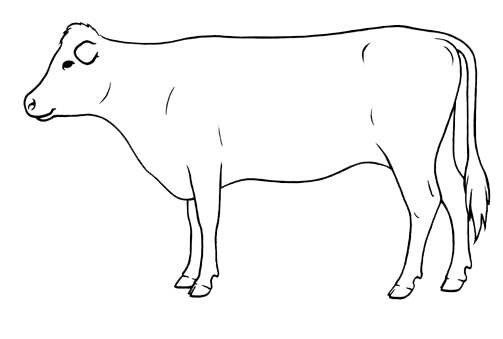 BCS 4
BCS 4
ENTIRE ANIMAL
- Skeletal structure difficult to identify
- Obvious fat deposits behind shoulder, and at tail head
- Fat on brisket and over shoulder
BACK BONE
- Flat appearance to the top line
- Can’t feel individual vertebrae
SHORT RIBS
- Folds of fat beginning to develop over the ribs and thighs
- Can’t feel individual ribs, even with firm pressure
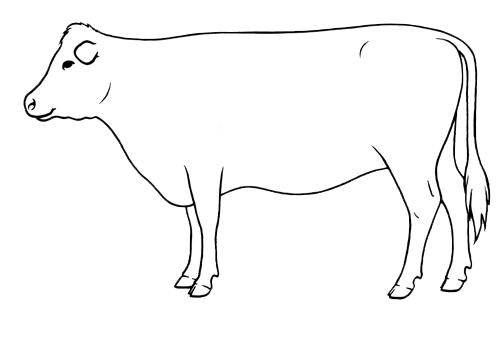 BCS 5
BCS 5
ENTIRE ANIMAL
- Obese
- Flat appearance dominates
- Brisket heavy
- Bone structure not noticeable, “blocky” appearance
- Tail head and hips bones almost completely buried in fat and folds of fat
BACK BONE
- Flat back
- Can’t feel backbone
SHORT RIBS
- Completely covered by fat
- Mobility impaired by large amounts of fat



